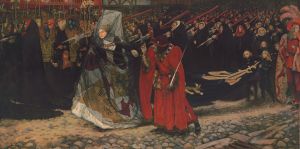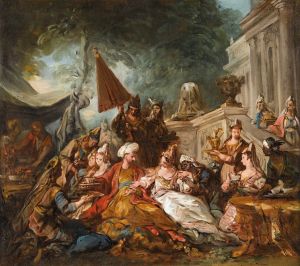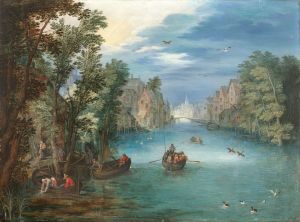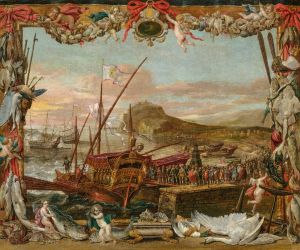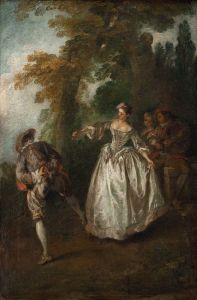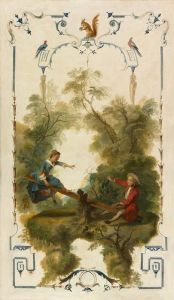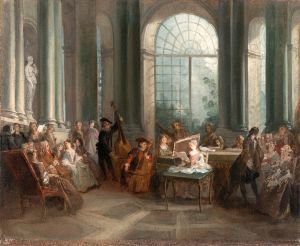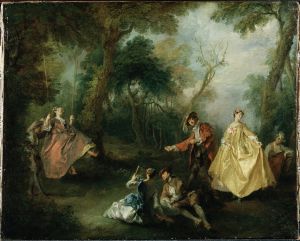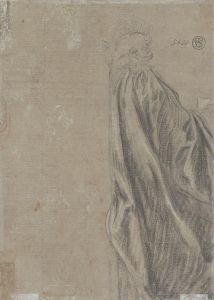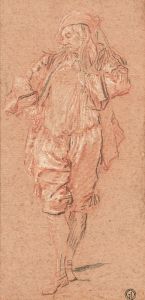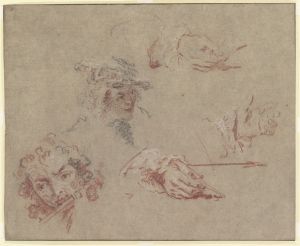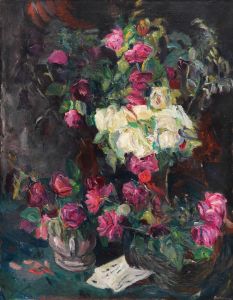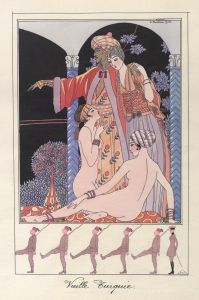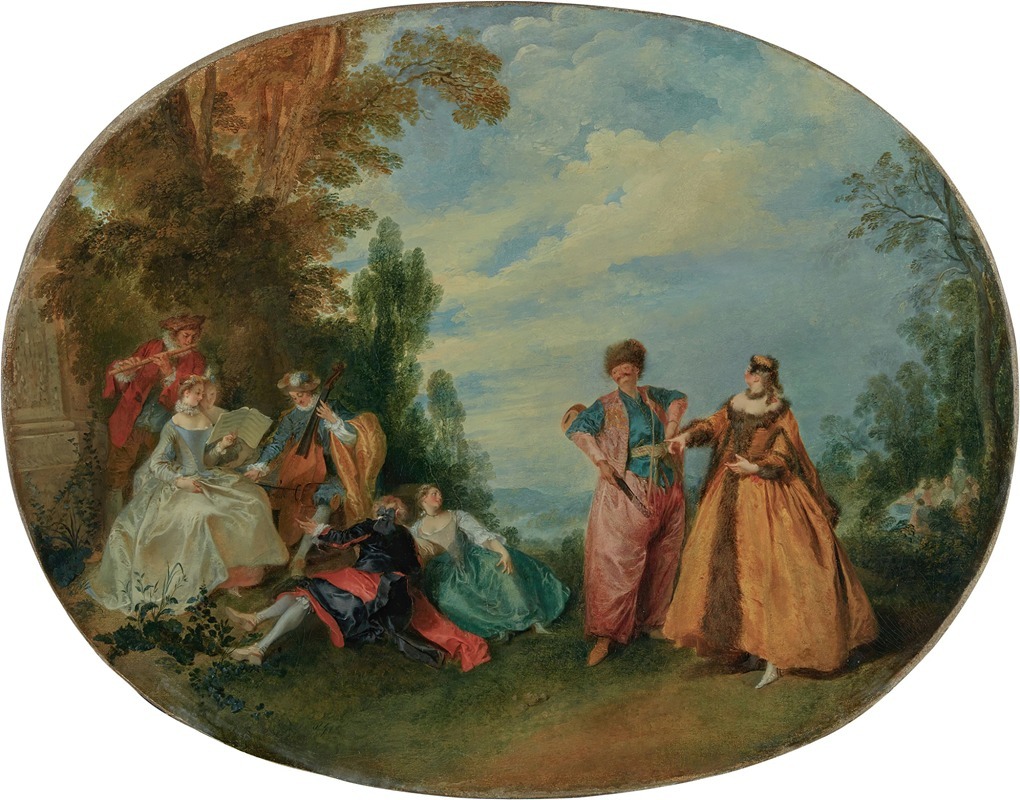
An outdoor concert with the Beautiful Greek and the Amorous Turk
A hand-painted replica of Nicolas Lancret’s masterpiece An outdoor concert with the Beautiful Greek and the Amorous Turk, meticulously crafted by professional artists to capture the true essence of the original. Each piece is created with museum-quality canvas and rare mineral pigments, carefully painted by experienced artists with delicate brushstrokes and rich, layered colors to perfectly recreate the texture of the original artwork. Unlike machine-printed reproductions, this hand-painted version brings the painting to life, infused with the artist’s emotions and skill in every stroke. Whether for personal collection or home decoration, it instantly elevates the artistic atmosphere of any space.
Nicolas Lancret was a prominent French painter known for his Rococo style, which flourished in the early 18th century. He was born on January 22, 1690, in Paris and became a significant figure in the art world during his lifetime. Lancret was particularly renowned for his genre paintings, which often depicted scenes of leisure and entertainment among the French aristocracy. His works are characterized by their elegance, vibrant colors, and intricate details.
One of Lancret's notable works is "An Outdoor Concert with the Beautiful Greek and the Amorous Turk." This painting exemplifies the Rococo style, which is characterized by its lightness, elegance, and use of playful themes. The Rococo movement emerged in France in the early 18th century and was marked by its departure from the grandeur and formality of the Baroque period. Instead, Rococo artists like Lancret focused on themes of love, nature, and playful interactions among people.
"An Outdoor Concert with the Beautiful Greek and the Amorous Turk" captures a scene of leisure and enjoyment, typical of Lancret's oeuvre. The painting depicts a group of elegantly dressed figures gathered in an idyllic outdoor setting, engaged in a musical performance. The title suggests the presence of two central figures, the "Beautiful Greek" and the "Amorous Turk," who are likely the focal points of the composition. These characters reflect the 18th-century European fascination with exoticism and the romanticized portrayal of foreign cultures.
Lancret's ability to capture the nuances of social interaction and the subtleties of human expression is evident in this work. The figures are portrayed with grace and charm, their poses and gestures conveying a sense of harmony and enjoyment. The outdoor setting, with its lush greenery and soft lighting, enhances the painting's sense of tranquility and pleasure.
The painting also reflects the cultural and social dynamics of Lancret's time. During the 18th century, there was a growing interest in music and the arts among the European elite. Concerts and musical gatherings were popular forms of entertainment, and Lancret's painting captures the essence of these social events. The inclusion of characters like the "Beautiful Greek" and the "Amorous Turk" also points to the period's fascination with the exotic and the blending of different cultural influences.
Lancret's work was highly regarded during his lifetime, and he was elected to the prestigious Académie Royale de Peinture et de Sculpture in 1719. His paintings were sought after by collectors and patrons, and he enjoyed considerable success. Today, Lancret's works are held in major museums and collections around the world, appreciated for their contribution to the Rococo movement and their depiction of 18th-century French society.
"An Outdoor Concert with the Beautiful Greek and the Amorous Turk" remains a testament to Lancret's skill as a painter and his ability to capture the spirit of his time. Through his art, Lancret offers a glimpse into the leisurely pursuits and cultural interests of the French aristocracy, providing valuable insights into the social history of the 18th century.





